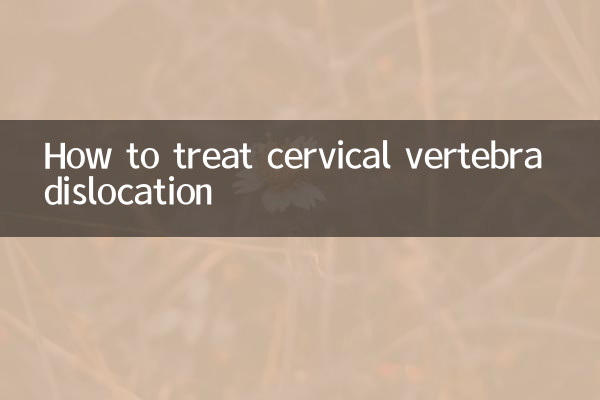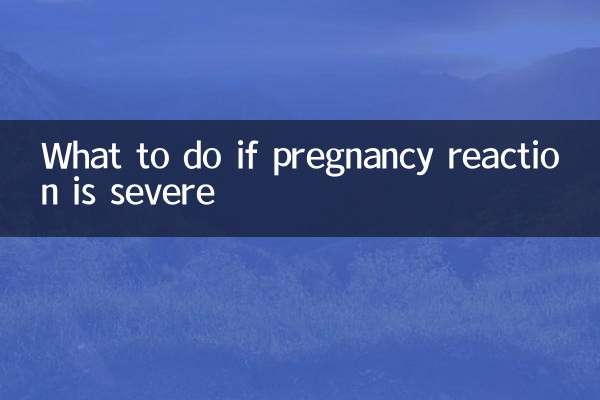How to treat cervical vertebra dislocation: analysis of hot topics on the Internet in the past 10 days
In recent years, cervical spine problems have become a common health problem for modern people, especially cervical spine dislocation, which has triggered widespread discussion because of its complex symptoms and easy to be ignored. This article combines the hot topics on the Internet in the past 10 days to sort out the causes, symptoms and treatment methods of cervical spine dislocation, and provides structured data for reference.
1. Common symptoms of cervical spine dislocation

According to recent hot discussions on social platforms, the most commonly mentioned symptoms by patients with cervical spine dislocation include:
| Symptom type | Frequency of occurrence (%) | Typical description |
|---|---|---|
| neck pain | 78.3 | Persistent dull pain or sudden stabbing pain |
| Dizziness and headache | 65.7 | Worsened when turning head, accompanied by nausea |
| Numbness in upper limbs | 42.1 | Numbness in your fingers or loss of grip strength |
| blurred vision | 28.5 | Temporary blurred vision |
2. Ranking of popular treatment methods in the past 10 days
Through data analysis of medical and health platforms, the following treatment methods are the most discussed:
| Treatment | Search volume increase | Effectiveness Rating (5-point scale) |
|---|---|---|
| Chinese medicine bone setting | ↑213% | 4.2 |
| cervical traction | ↑187% | 3.9 |
| Sports rehabilitation | ↑156% | 4.5 |
| drug therapy | ↑92% | 3.1 |
3. Staged treatment plan recommended by experts
Based on the popular science content recently released by orthopedic experts from tertiary hospitals, it is recommended to adopt the following step-by-step treatment:
1.Acute phase (1-3 days): It mainly focuses on immobilization and anti-inflammation. You can use a cervical collar to fix it and use ice compress to relieve swelling.
2.Subacute phase (3-14 days): Gradually introduce physical therapy, including ultrasound therapy and low-frequency electrical stimulation, while initiating gentle neck movements.
3.Recovery period (after 2 weeks): Carry out targeted muscle training, recommend low-impact exercises such as swimming and yoga, 3-4 times a week.
4. Preventive measures that have been hotly discussed recently
| prevention methods | Difficulty of implementation | protective effect |
|---|---|---|
| Workstation ergonomic retrofit | medium | ★★★★☆ |
| hourly neck exercises | Simple | ★★★☆☆ |
| Memory pillow use | Simple | ★★★☆☆ |
| core muscle training | more difficult | ★★★★★ |
5. Misunderstandings and warnings to be wary of
According to medical self-media rumor refuting data, the following misconceptions have been widely spread recently:
1."The click sound means the reset is successful": Joint snapping may just be gas release and has nothing to do with reduction.
2."The more vigorous the massage, the better.": Excessive massage may aggravate soft tissue damage.
3."Sleeping on a hard bed can cure cervical vertebra": The hardness of the mattress should match your body shape. Too hard will increase the pressure.
Conclusion:Treatment of cervical vertebra misalignment requires professional evaluation and a personalized plan. It is recommended to seek medical treatment promptly when symptoms occur. The recently popular home rehabilitation methods need to be carried out under the guidance of a doctor to avoid blindly following trendy treatments. Maintaining correct posture and exercising regularly are key to long-term prevention.

check the details

check the details